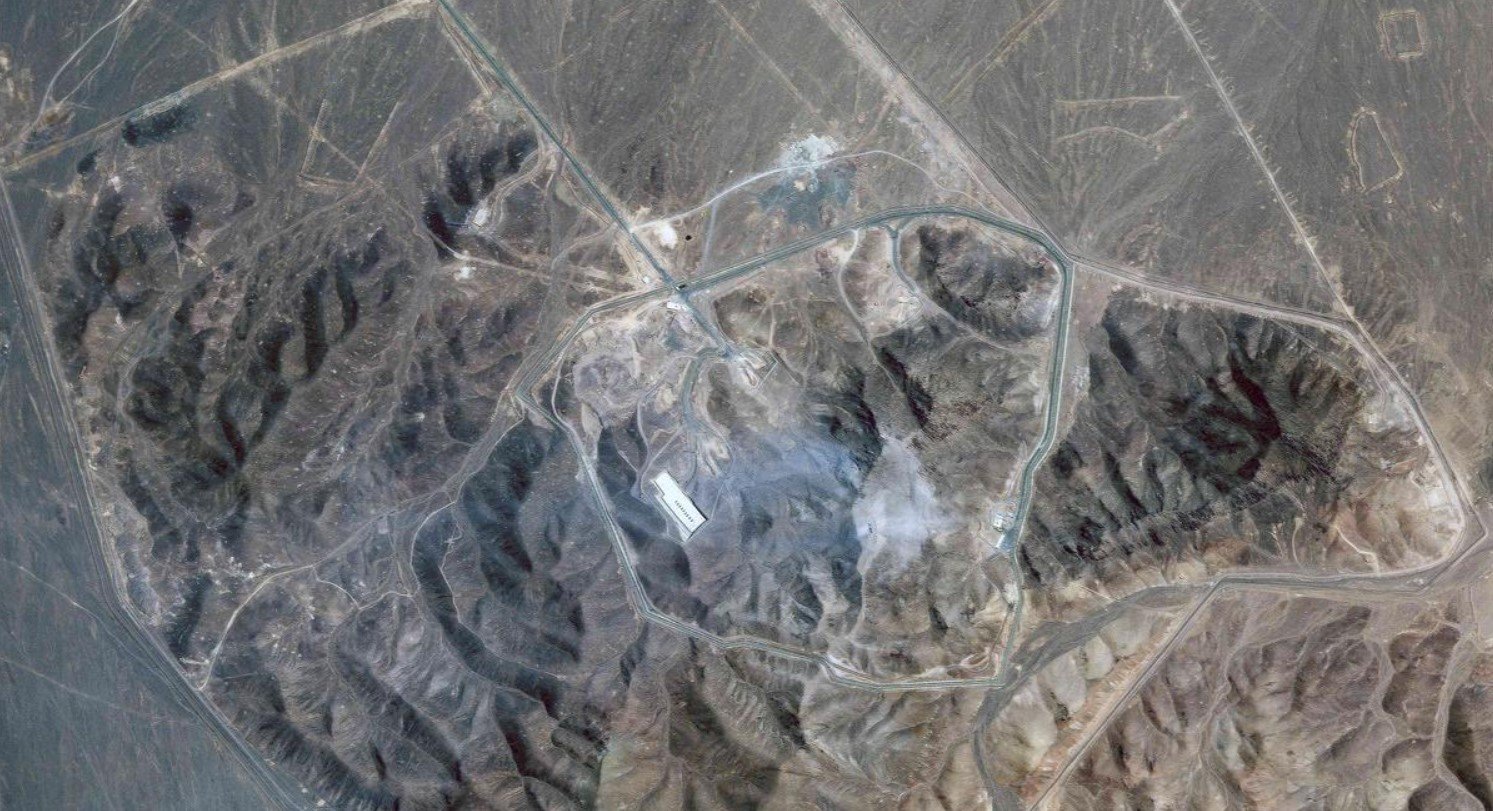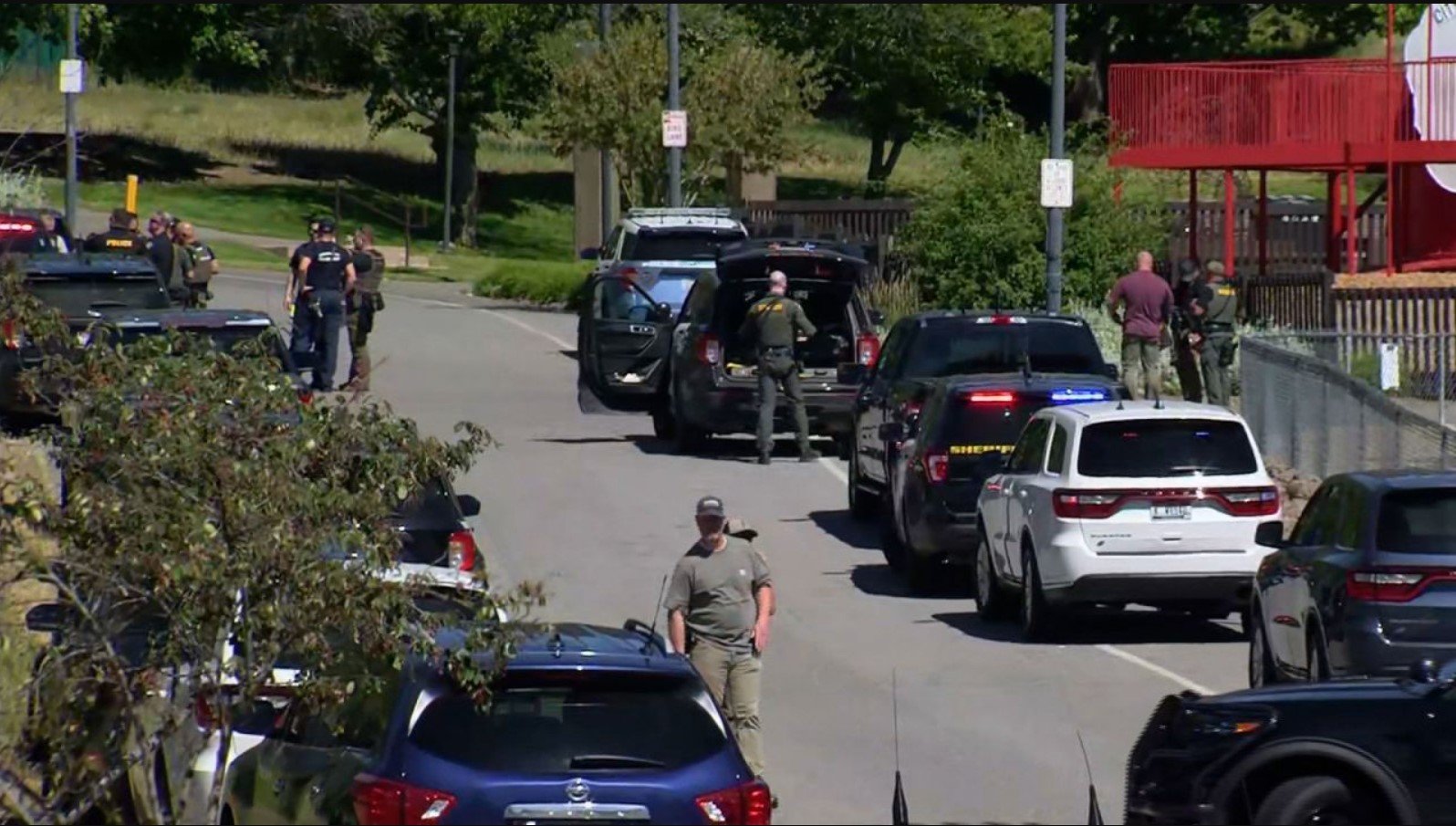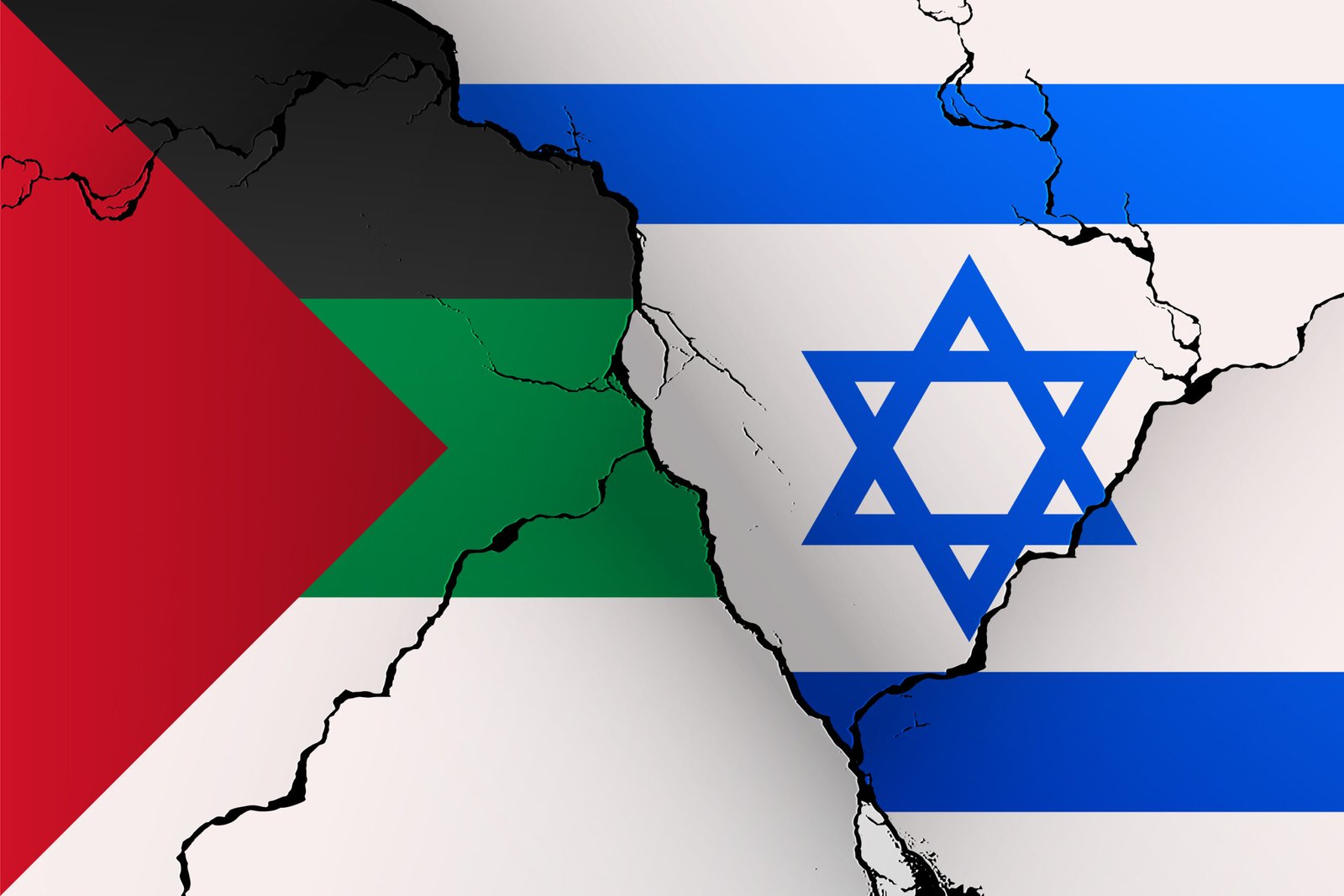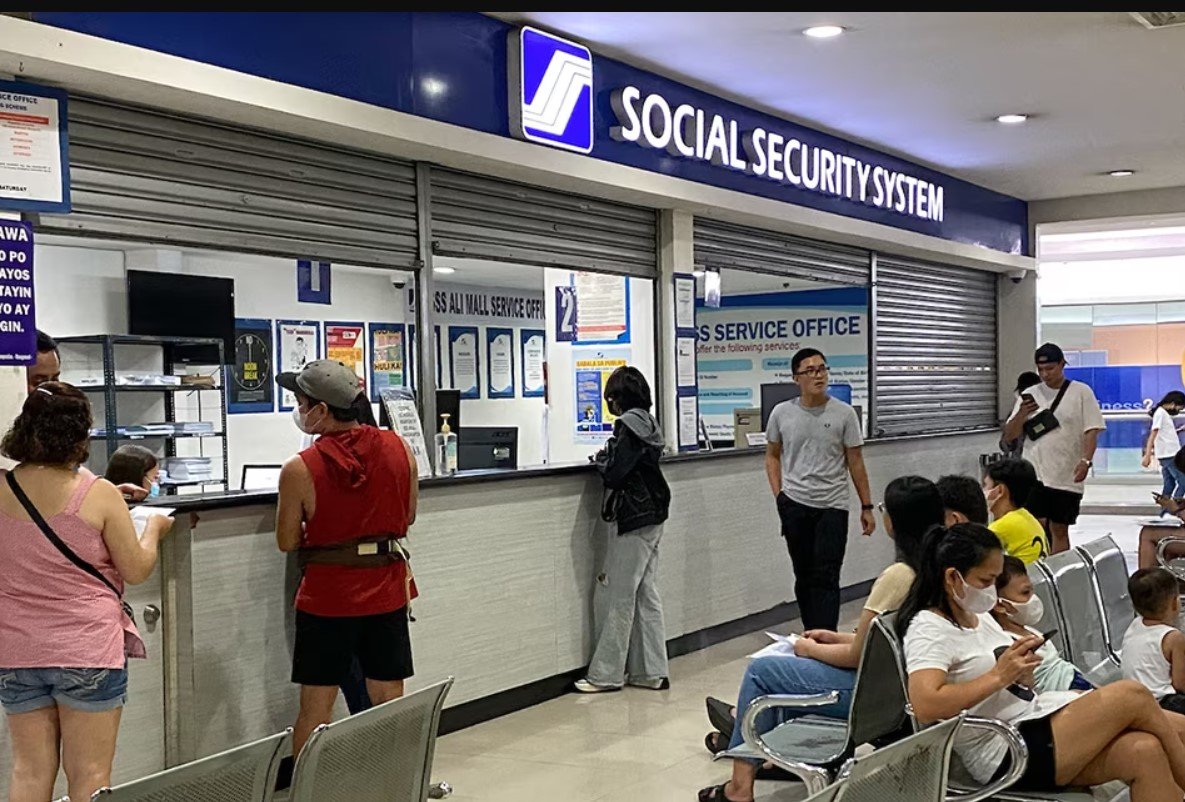
In a striking development that has shifted global attention back to the Middle East, Iran has officially confirmed that its nuclear facilities suffered significant damage due to recent U.S. airstrikes. This acknowledgment, made by Iran’s Foreign Ministry spokesperson Esmail Baghaei on June 25, 2025, marks the first public admission by Tehran following a series of military escalations involving Israel, the United States, and Iran.
The events have not only rekindled fears of a larger regional conflict but also raised pressing concerns about nuclear proliferation, global energy stability, and international diplomacy.
🔥 The Trigger: What Led to the U.S. Strikes?
Tensions had already reached a boiling point by mid-June 2025 when Israel launched targeted airstrikes on suspected Iranian nuclear sites. These attacks, which were carried out with alleged intelligence and logistical support from the United States, prompted immediate retaliation from Iran in the form of ballistic missile and drone attacks on Israeli territory.
On June 22, the U.S. took matters further with “Operation Midnight Hammer”, deploying stealth B-2 bombers and Tomahawk cruise missiles to target Iran’s deeply buried nuclear infrastructure, especially at Natanz, Fordow, and Isfahan.
🛰️ The Damage Confirmed
Until now, Iran had remained tight-lipped about the extent of the damage. However, in an interview with Al Jazeera, Foreign Ministry spokesman Esmail Baghaei confirmed what satellite images and global defense analysts had already suspected:
“Our nuclear installations have been badly damaged, that’s for sure.”
This acknowledgment validates days of speculation and contradicts earlier Iranian claims that the strikes were mostly symbolic or intercepted. Sources inside Iran say that Fordow and Isfahan — both critical components of Iran’s uranium enrichment infrastructure — suffered the worst impacts.
💣 Operation Midnight Hammer: What Happened?
According to Pentagon sources, the U.S. used a combination of 14 Massive Ordnance Penetrators (MOPs) — also known as “bunker-busters” — to penetrate Iran’s underground nuclear facilities.
Key points from the strike:
- B-2 bombers dropped MOPs on deeply buried centrifuge bunkers.
- Submarine-launched Tomahawk missiles targeted power supplies and entrance tunnels.
- The strikes were highly coordinated with Israeli intelligence and occurred during nighttime to limit civilian casualties.
U.S. officials claimed the operation had set back Iran’s nuclear program by several years, though internal assessments within the Defense Intelligence Agency (DIA) suggest the setback might be just a matter of months, depending on how quickly Iran can rebuild.
🧪 What Was Hit?
- Natanz Nuclear Site – Home to thousands of uranium-enriching centrifuges. Reports indicate the power systems and rotor machines were targeted.
- Fordow Facility – A deeply buried enrichment center in the mountains. Satellite images show structural collapses and smoke from secondary explosions.
- Isfahan Site – Involved in nuclear fuel fabrication. Confirmed strikes on research labs and power units.
⚖️ U.S. Internal Disagreements
There appears to be a sharp division within the U.S. administration over the actual effectiveness of the strike. While the White House and President Trump hailed the mission as a “complete success,” defense analysts and leaked intelligence reports say:
- Much of the core infrastructure (uranium stockpiles, trained personnel, and centrifuge blueprints) remained untouched.
- Iran had preemptively moved sensitive materials after Israel’s earlier attacks, minimizing the strike’s long-term impact.
- Reconstruction could begin within weeks, aided by Iran’s existing technical capabilities.
🛑 Iran’s Strategic Response
Despite confirming the damage, Iranian officials emphasized that:
- The facilities were not permanently disabled.
- Critical components had already been evacuated in anticipation of an attack.
- Iran has vowed to rebuild and even accelerate its nuclear program in response.
Additionally, Iran has announced plans to restrict access to international nuclear inspectors from the International Atomic Energy Agency (IAEA), a move that has sparked fresh fears about transparency and global nuclear safety.
🌍 Global Reaction and Fallout
1. Diplomatic Turbulence
- Russia and China condemned the U.S. strikes, calling them a “violation of international norms.”
- European nations, including Germany and France, expressed concern about the collapse of nuclear diplomacy.
2. UN Security Council Emergency Session
An emergency session of the UN Security Council was called, during which calls were made for:
- Immediate ceasefire
- Restoration of nuclear inspections
- Avoidance of further military escalation
3. Oil and Energy Impact
- Brent crude surged to $108 per barrel, with fears of instability in the Strait of Hormuz.
- Global energy markets reacted sharply, especially in Asia and Europe, due to Iran’s strategic position in global oil supply chains.
⚔️ Is the Region on the Brink?
Though both sides have paused major military actions under an unofficial ceasefire, analysts remain skeptical:
- Hezbollah and other Iranian proxies are still active in Lebanon and Syria.
- The U.S. and Israel continue to monitor Iran’s missile and drone activities closely.
- Iran’s military leadership has warned of “unforgettable retaliation”, suggesting the conflict may only be in temporary pause mode.
🚨 Implications for the Future
🧨 1. Nuclear Non-Proliferation at Risk
With Iran curbing cooperation with the IAEA, the Non-Proliferation Treaty (NPT) framework may be under serious threat.
🏦 2. Shift in U.S. Strategy
The Biden-Trump divide in U.S. leadership and military assessments could influence future American foreign policy toward the region.
🛡️ 3. Cyber and Covert Retaliation
Iran could shift its response to cyber warfare, attacking critical infrastructure in Israel or even targeting Western nations through proxies.
🧾 Conclusion: A Dangerous Turning Point
Iran’s admission of damage to its nuclear sites by U.S. strikes marks a turning point in the current Middle East conflict. It signals that the long-standing shadow war between Israel, the U.S., and Iran has now entered a new and far more dangerous phase — one that includes open, high-stakes military confrontation and the risk of nuclear fallout, both figurative and literal.
As the world watches anxiously, one question remains:
Can diplomacy recover from the rubble of the bunker-busters, or has the nuclear clock just moved a minute closer to midnight?




